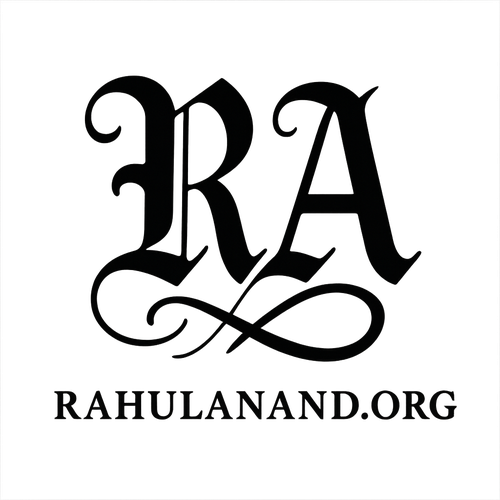Question
What does it mean for one event 𝐶 to cause another event 𝐸 – for example, smoking (𝐶) to cause cancer (𝐸)? There is a long history in philosophy, statistics, and the sciences of trying to clearly analyze the concept of a cause. One tradition says that causes raise the probability of their effects; we may write this symbolically as
\( 𝑃(𝐸|𝐶) > 𝑃(𝐸) \) – – – – – – – – – – (1)
a) Does equation (1) imply that 𝑃(𝐶|𝐸) > 𝑃(𝐶)?
If so, prove it. If not, give a counter-example.
b) Another way to formulate a probabilistic theory of causation is to say that
\( P (E | C) > P(E | C^c) \) – – – – – – – – – – (2)
Show that equation (1) implies equation (2).
SOLUTION
(a)
Given,
\( P(E|C) > P(E) \)
Also, by definition, \( \ P(E|C)\ =\ \ \dfrac{P(E|C)}{P\left(C\right)} \)
\( \Rightarrow\ \dfrac{P(E|C)}{P\left(C\right)}\ >\ P\left(E\right) \)
\( ⇒ P(E∩C) > P(E). P(C) \) —– (a)
Again,
\( P(E∩C) = P(C|E).P(E) \) —– (b)
from (a) and (b), it follows that
\( P(C|E).P(E) > P(E). P(C) \)
\( or, P(C|E) > P(C) \)
Hence Proved
SOLUTION
(b)
Given,
\( P(E|C) > P(E) —– (a) \)
By definition,
\( P (E | C^C) = \dfrac{P(E∩C^C)}{P(C^C)} \)
\( P(E) = P(E|C).P(C) + P(E|C^C).P(C^C) —– (a) \)
From (a) and (b), we have
\( P(E|C) > P(E|C).P(C) + P(E|C^C).P(C^C) \)
or
\( P(E|C) – P(E|C).P(C) > P(E|C^C).P(C^C) \)
\( P(E|C)( 1 – P(C) ) > P(E|C^C).P(C^C) —– (c) \)
Also,
\( 1 – P(C) = P(C^C) —– (d) \)
From (c) and (d), we have
\( P(E|C)P(C^C) > P(E|C^C).P(C^C) \)
or
\( P(E|C) > P(E|C^C) \)
Hence Shown.
